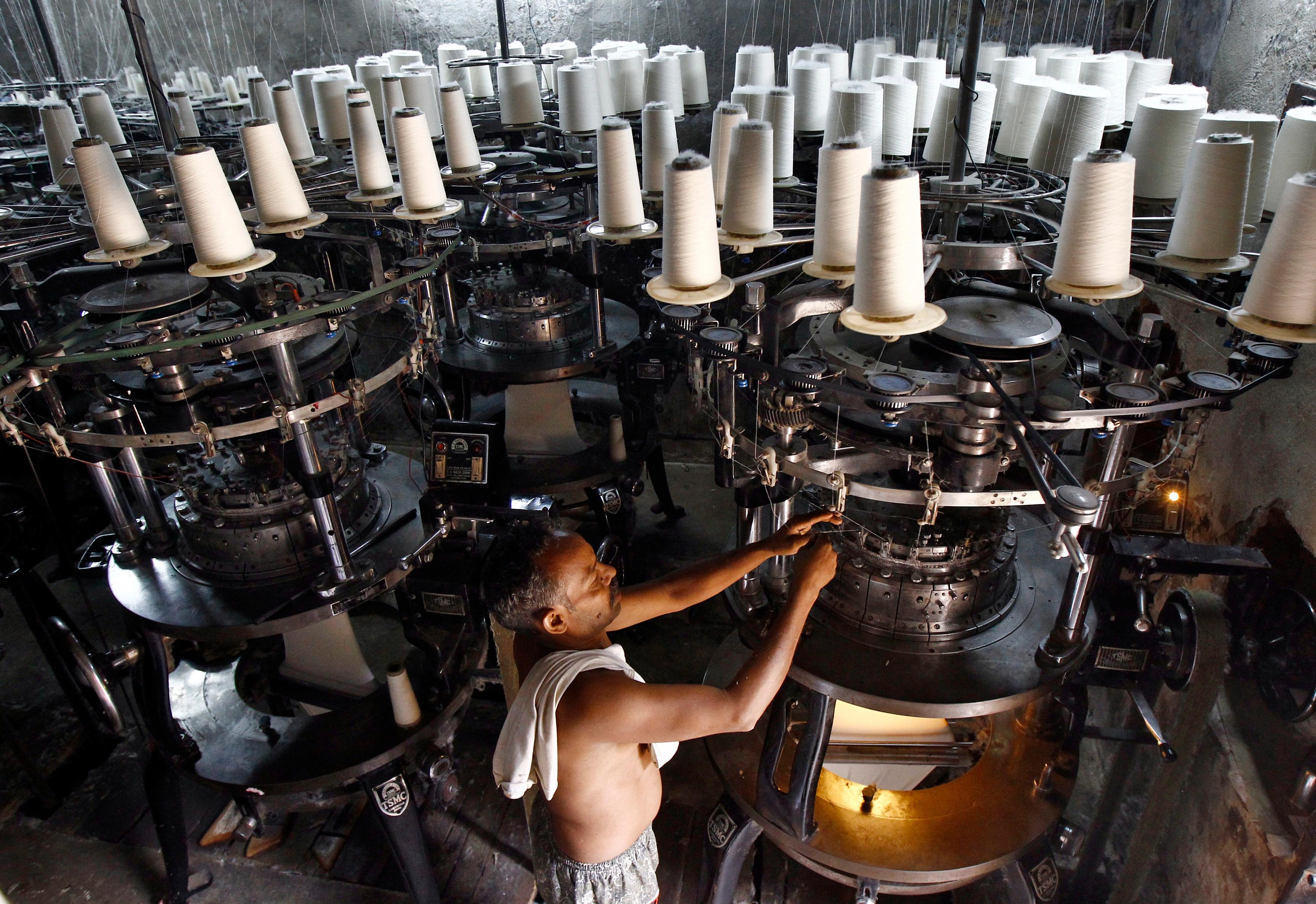Industrial production growth revived in November after shrinking the previous month led by higher electricity generation and manufacturing output during the month. The official statistics reveals that the Index of Industrial Production (IIP) grew 3.8 per cent in November against a decline of 4.2 per cent in October.
This marks the highest growth rate in industrial output since June 2014, when it grew 4.3 per cent over the year-ago period. Previously, IIP growth had slowed down to five-month low of 0.4 per cent in August mainly due contraction in manufacturing output and in particular consumer goods but revived to grow 2.5 per cent in September.
During the April-November period of 2014-15, IIP grew at 2.2 per cent, against 0.1 per cent in the year-ago period.
The indices for mining, manufacturing and electricity sectors for November 2014 grew 3.4 per cent, 3 per cent and 10 per cent, respectively, over November 2013. The cumulative growth in the three sectors during April-November 2014-15 over the corresponding period of 2013-14 has been 2.5 per cent, 1.1 per cent and 10.7 per cent, respectively.
In terms of industries, 16 of the 22 industry groups in the manufacturing sector have shown positive growth during the month.
As per use-based classification, the growth rates in November 2014 over November 2013 were 7 per cent in basic goods, 6.5 per cent in capital goods and 4.3 per cent in intermediate goods. Within the consumer goods basket, consumer durables declined 14.5 per cent while consumer non-durables rose 6 per cent, with the overall consumer goods declining 2.2 per cent.
Consumer inflation
Meanwhile, consumer inflation rose to 5 per cent in December after sinking to 4.38 per cent in the previous month, the lowest level since January 2012, since when the government started compiling new consolidated national statistics for consumer inflation in India.
The central bank has been under pressure to cut the policy rates to boost the flagging economic growth rate. However, it has resisted the pressure saying there are risks to inflation going back again as it has shrunk sharply due to the drop in oil price. Given the volatile nature of crude oil price it has been cautious on using the monetary tools to cut rates.
India's monetary policy, which was anchored on wholesale price inflation, has been modified with the RBI now chasing a lower consumer inflation as a key yardstick for deciding on policy rates.
RBI has been looking for a sustained decline in consumer inflation with a target of bringing inflation down to 8 per cent by January 2015 and 6 per cent by January 2016.
October happened to be the first month when consumer inflation has went under the RBI's long-term target.
In its fifth bi-monthly monetary policy review last month RBI had decided to hold policy rates, as widely anticipated, at 8 per cent.
Crude oil prices have crashed to five-year lows since then which has helped contain inflation in the country.
(Edited by Joby Puthuparampil Johnson)





